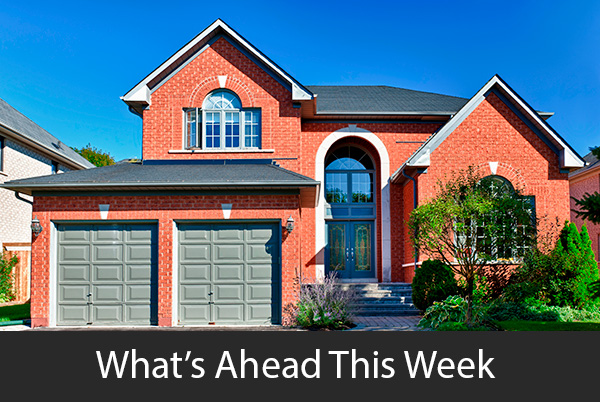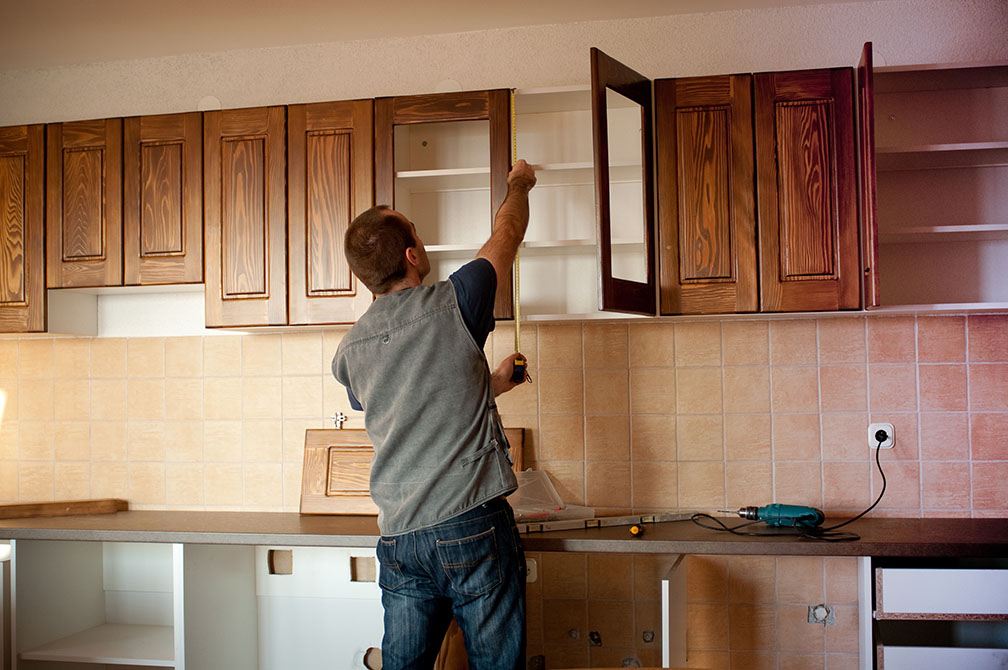Buying a Home in a Fire Risk Area: Here’s What You Need to Know
 Outside of the significant financial responsibility of delving into home ownership, there can also be a lot of other risks involved that you may not have thought about before investing in a home. You’ll need to protect your home against theft or burglary. And homeowner’s insurance to protect your home and belongings is almost a requirement. But there are other less common occurrences you may not have thought about. If you happen to be living in an area that’s at high risk of fire, here are some things to consider beforehand.
Outside of the significant financial responsibility of delving into home ownership, there can also be a lot of other risks involved that you may not have thought about before investing in a home. You’ll need to protect your home against theft or burglary. And homeowner’s insurance to protect your home and belongings is almost a requirement. But there are other less common occurrences you may not have thought about. If you happen to be living in an area that’s at high risk of fire, here are some things to consider beforehand.
Defining “High Risk”
It’s easy to be swept away by a beautiful home and forget about what the natural landscape around it consists of. Many homes across the United States are built in areas close to trees and shrubs, which can be dangerous in times of high temperatures, so it’s important to do your research. While hot spots can occur in many different areas, California and the southwest region are particularly vulnerable in times of drought.
What It Means For Your Mortgage
Nearly all homes can be adversely affected by a fire so it’s important to realize that buying in a high-risk area will not impact your ability to get a mortgage. It can, however, impact some of the costs associated with investing in your home. While homeowner’s insurance is a requirement of buying a home and it will generally cover you in the incidence of a fire, it can be a bit pricier. Fortunately, you may be able to guard against some of the additional costs by purchasing a home with materials that are more fire resistant.
In The Event Of Fire
If the worst happens and your home incurs damage from a fire, you’ll want to assess the extent of the damage before making a decision. For a home that is minimally impacted, you may want to use insurance to repair the property. However, if the property is significantly or completely destroyed, a payout may be required in order to pay off the mortgage. Before purchasing a home in a fire-prone area it’s best to be aware of all aspects of your insurance policy so you can be prepared.
It’s a more significant risk to buy a home in a fire-prone area, but you can be prepared for the worst by knowing your options. If you’re currently considering purchasing a new home, contact your trusted mortgage professional for more information.

 There are many mortgage products on the market that work for all different kinds of homebuyers, but many people have not heard about reverse mortgages and how they can benefit their situation. If you’re curious about this type of mortgage and want to know more, here are some questions that will get you on the road to understanding the ins-and-outs of this product.
There are many mortgage products on the market that work for all different kinds of homebuyers, but many people have not heard about reverse mortgages and how they can benefit their situation. If you’re curious about this type of mortgage and want to know more, here are some questions that will get you on the road to understanding the ins-and-outs of this product. Last week’s economic news included releases from the National Association of Home Builders and releases from the Commerce Department on housing starts and building permits issued. Weekly readings on mortgage rates and new jobless claims were also released.
Last week’s economic news included releases from the National Association of Home Builders and releases from the Commerce Department on housing starts and building permits issued. Weekly readings on mortgage rates and new jobless claims were also released. The financial responsibility of a monthly mortgage payment can be stressful on its own, but you may be even more concerned about your home investment if you’ve recently lost your job. Fortunately, there are some things you can do and places you can turn if you’re not yet certain where your next paycheck will come from. If you’re struggling with newfound unemployment, here are some important steps to take.
The financial responsibility of a monthly mortgage payment can be stressful on its own, but you may be even more concerned about your home investment if you’ve recently lost your job. Fortunately, there are some things you can do and places you can turn if you’re not yet certain where your next paycheck will come from. If you’re struggling with newfound unemployment, here are some important steps to take. Whether you’re trying to improve the look of your home or are getting ready to put it on the market, the idea of renovations might seem like a significant financial burden to take on. Fortunately, there are a variety of easy solutions for improving the look of your home without spending a lot of money. If you’re wondering how you can spend $100 wisely, look no further than the following upgrading tips.
Whether you’re trying to improve the look of your home or are getting ready to put it on the market, the idea of renovations might seem like a significant financial burden to take on. Fortunately, there are a variety of easy solutions for improving the look of your home without spending a lot of money. If you’re wondering how you can spend $100 wisely, look no further than the following upgrading tips.